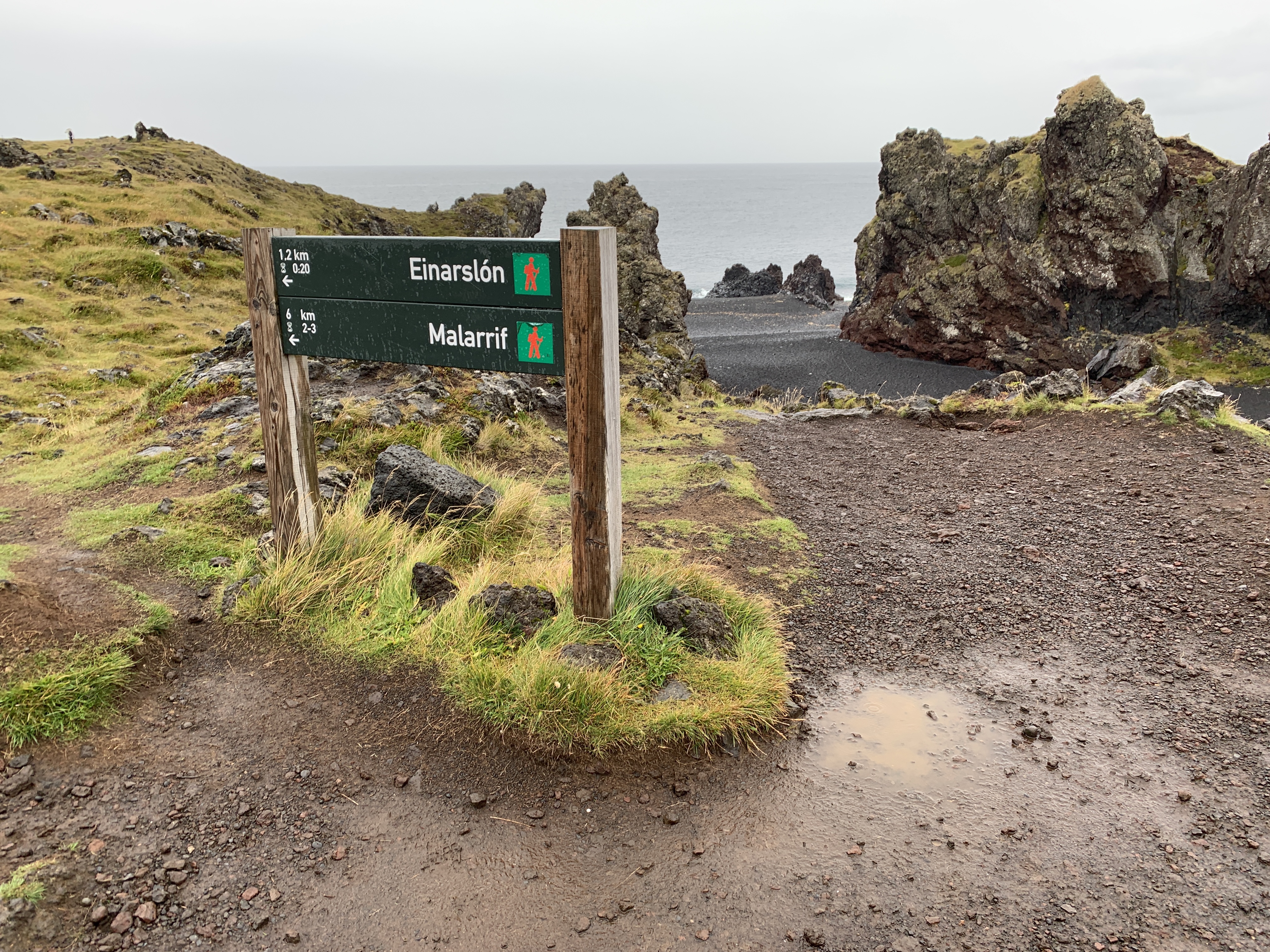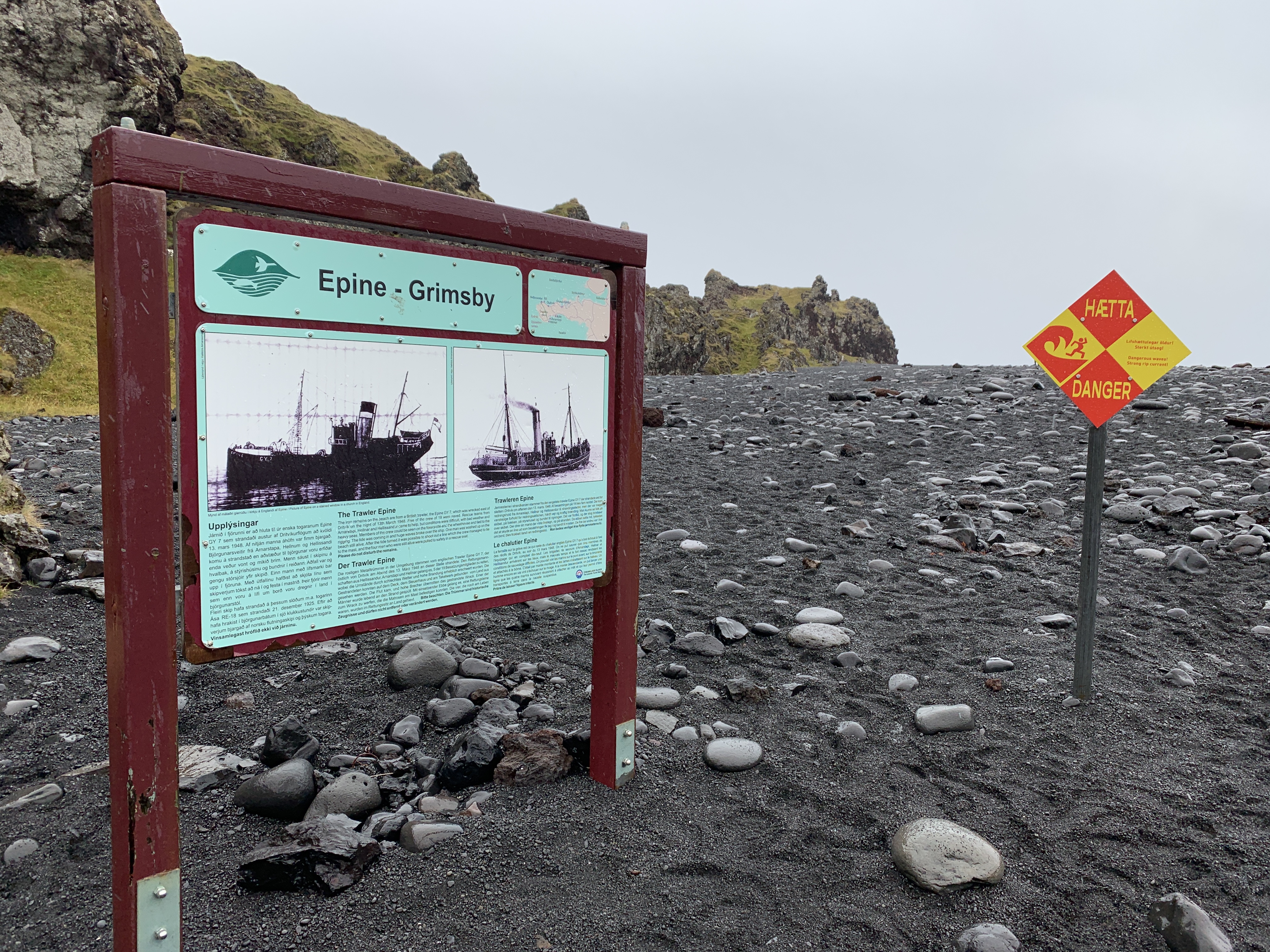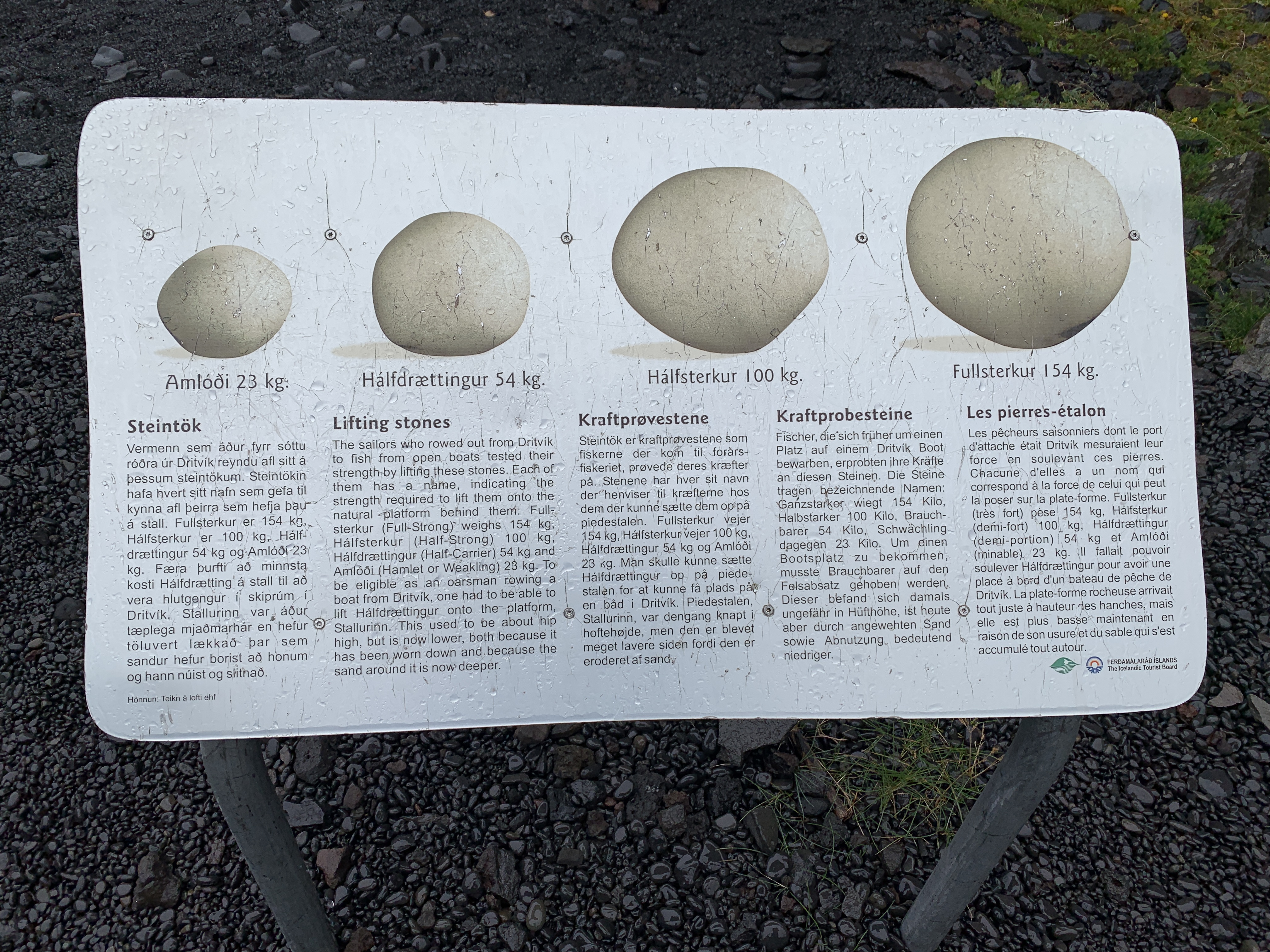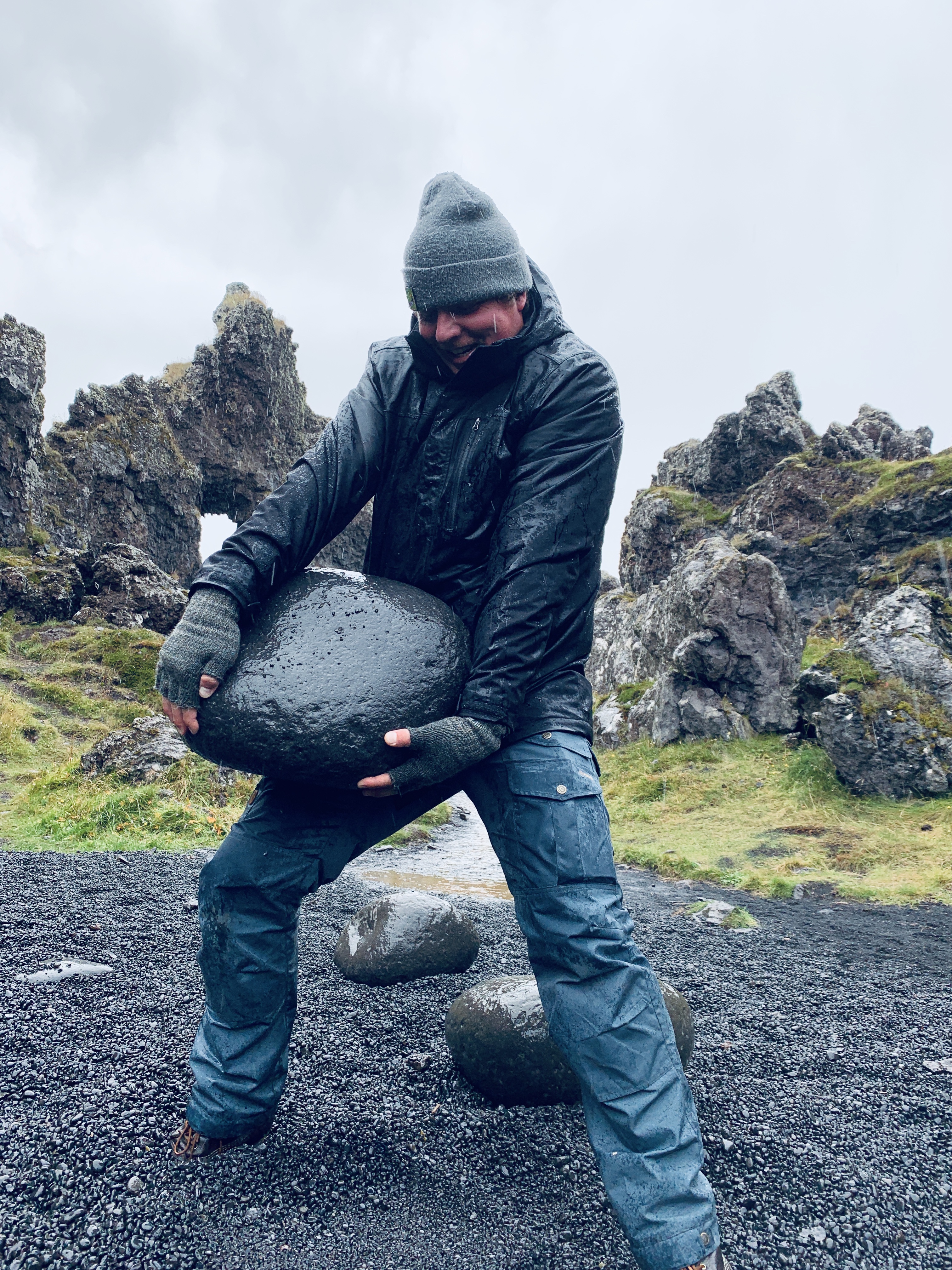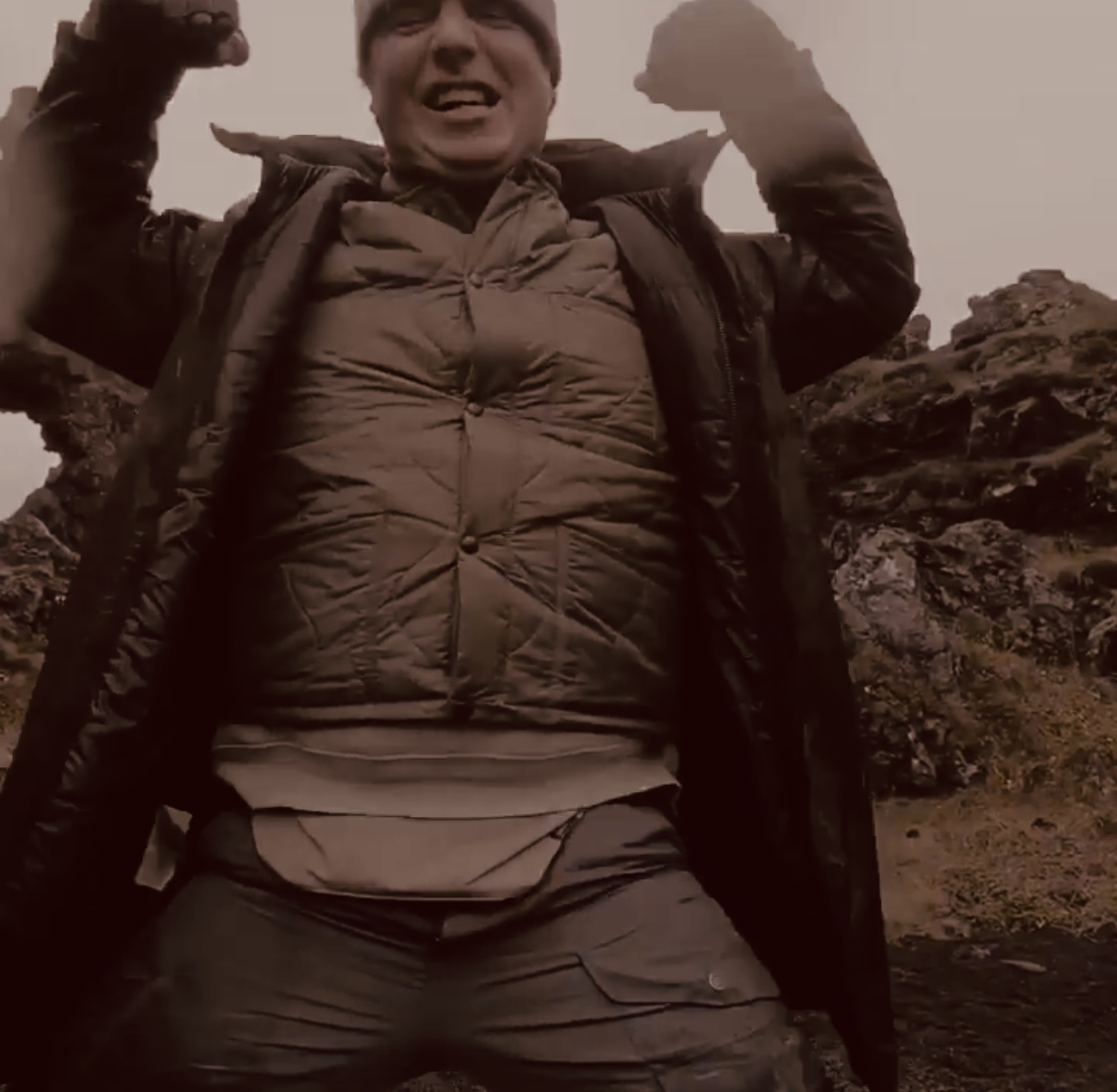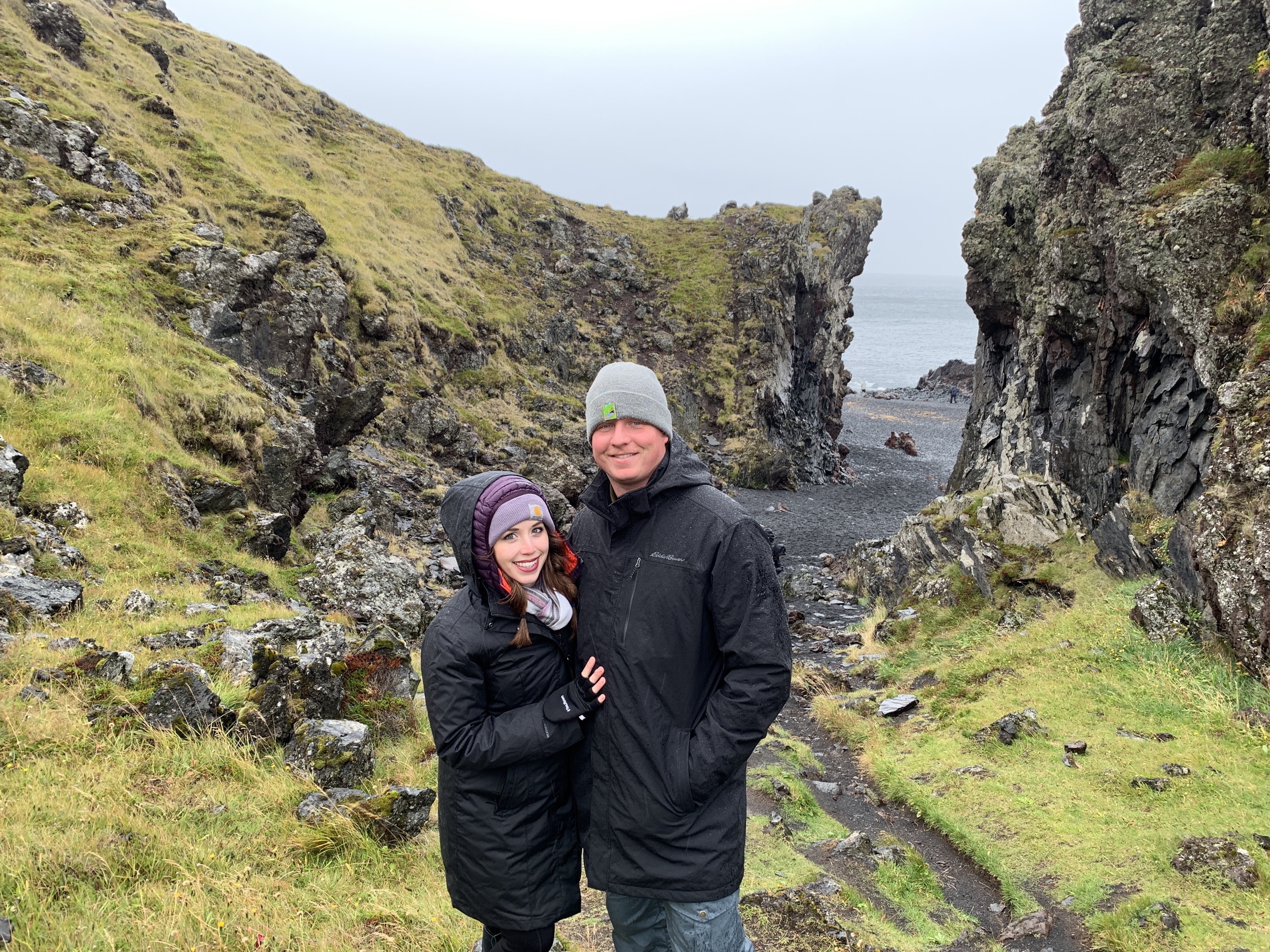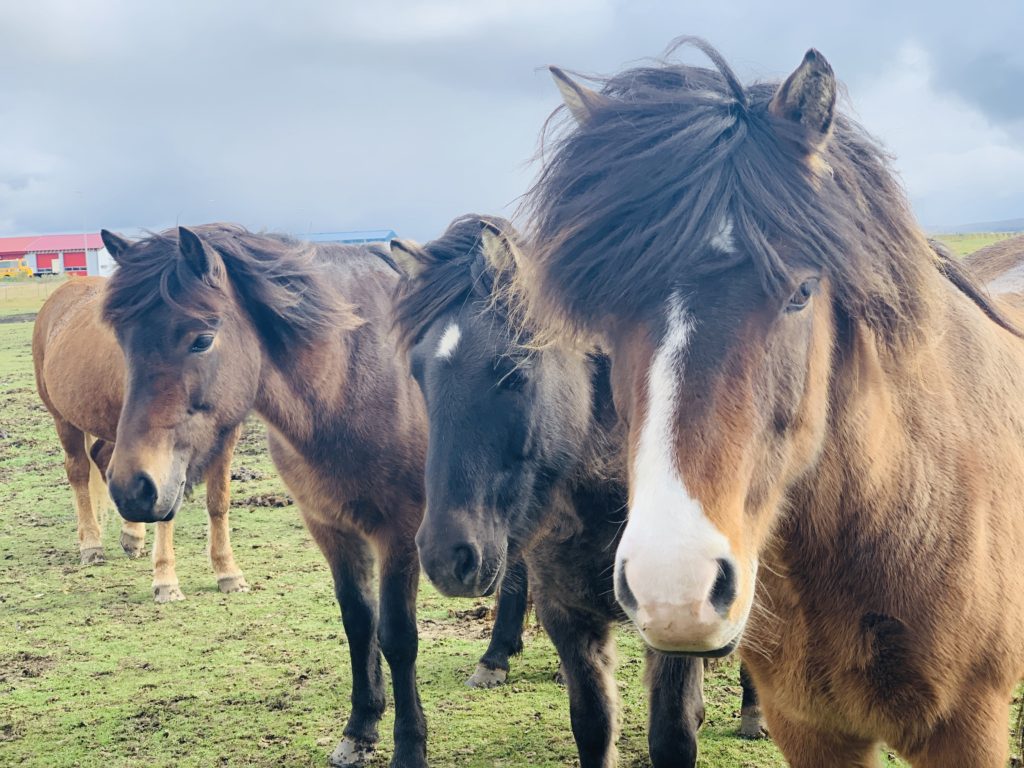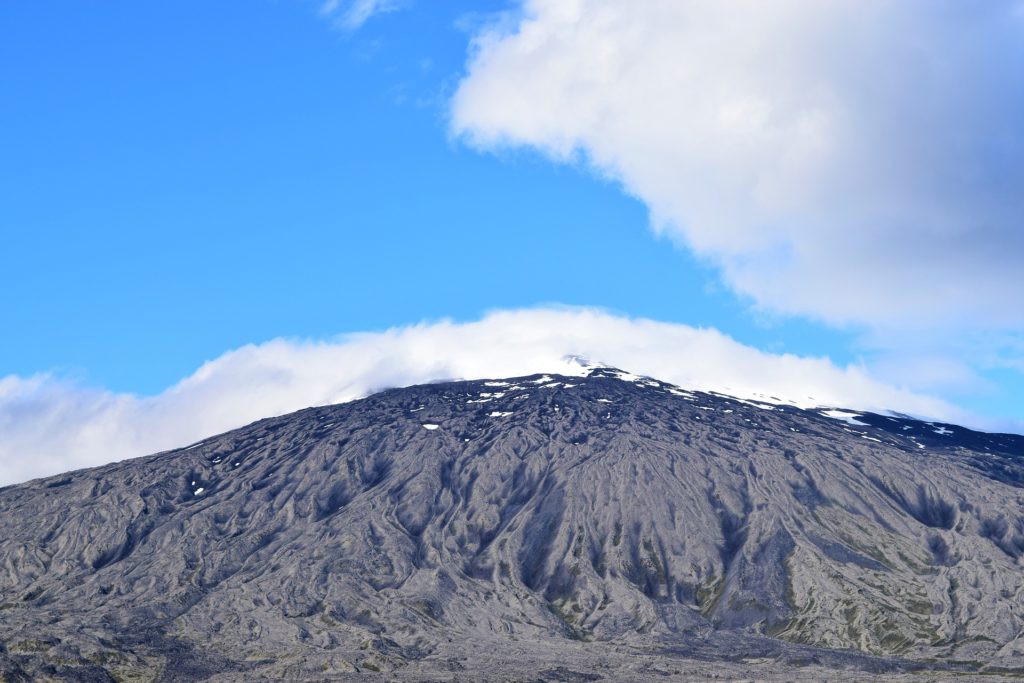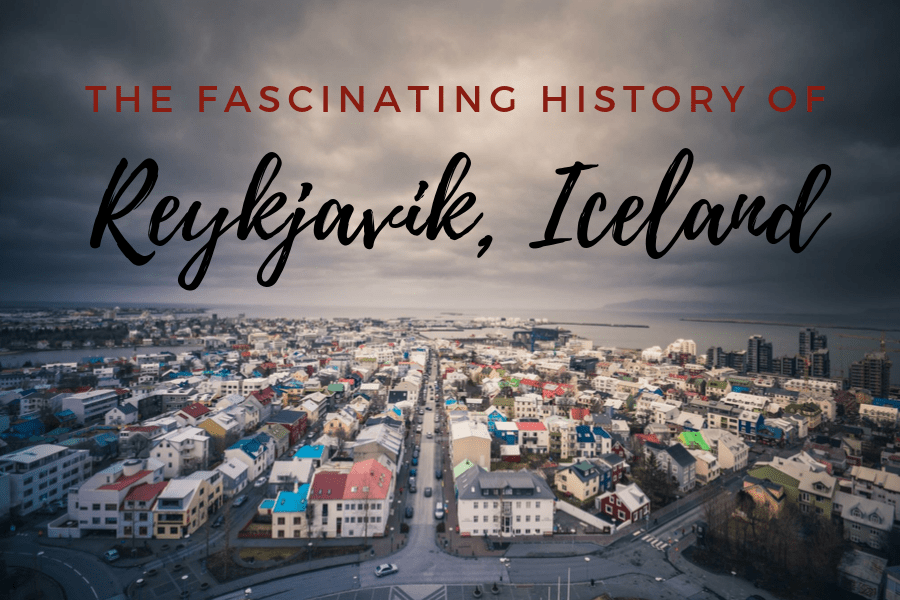Djúpalónssandur black sand beach and the fisherman’s ancient lifting stones
Snaefellsness Peninsula, Iceland
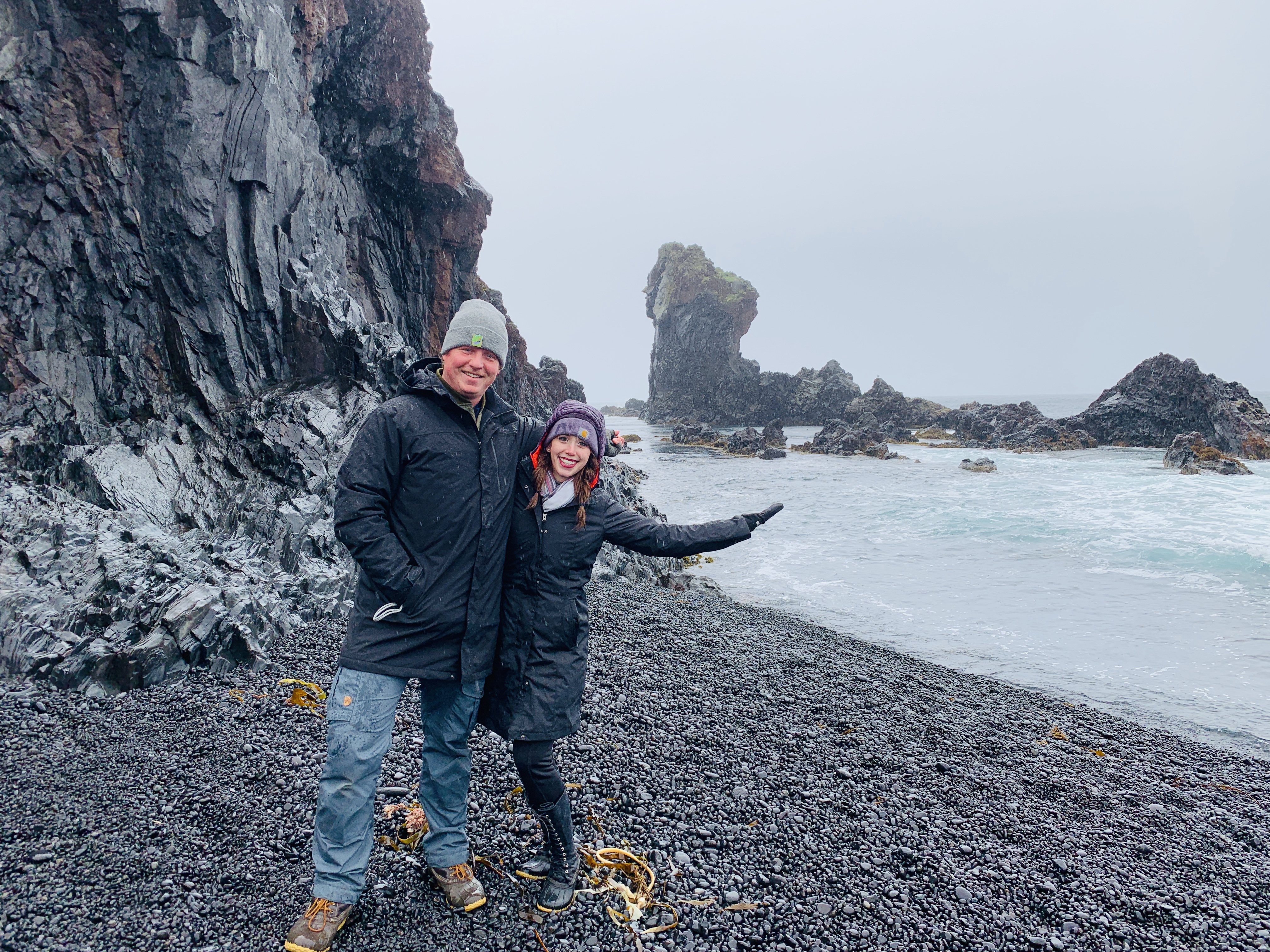
There also lies rusted metal from the English trawler Eding, which was wrecked at the beach in 1948. Fourteen died and just 5 survived. The rusty iron remains of the vessel haven’t been touched and serve as a moment to those who perished.
Here on Djúpalónssandur beach, there are 4 stones of varying weight and sizes — Aflraunasteinar – Steinatök, or lifting stones — which were used to measure the strength of fishermen in Iceland and their respective positions on the ships. The larger the stone you could lift, the better your position and heightened your respect.
Attempting to lift the stones was on our bucket list! Here’s the rundown:




*If the fishermen could not lift Hálfdrættingur (54 kg) they were not accepted as oarsmen on the fishing boats rowing from Dritvík.
I was stronger than a “weakling” but not quite “half good” (third stone) while Luke was “half-strong” (second stone). So basically, back in the day, I would have been left behind while Luke rowed off with the crew. 

Test your strength and be amazed here at our favorite black stone beach in Iceland!
